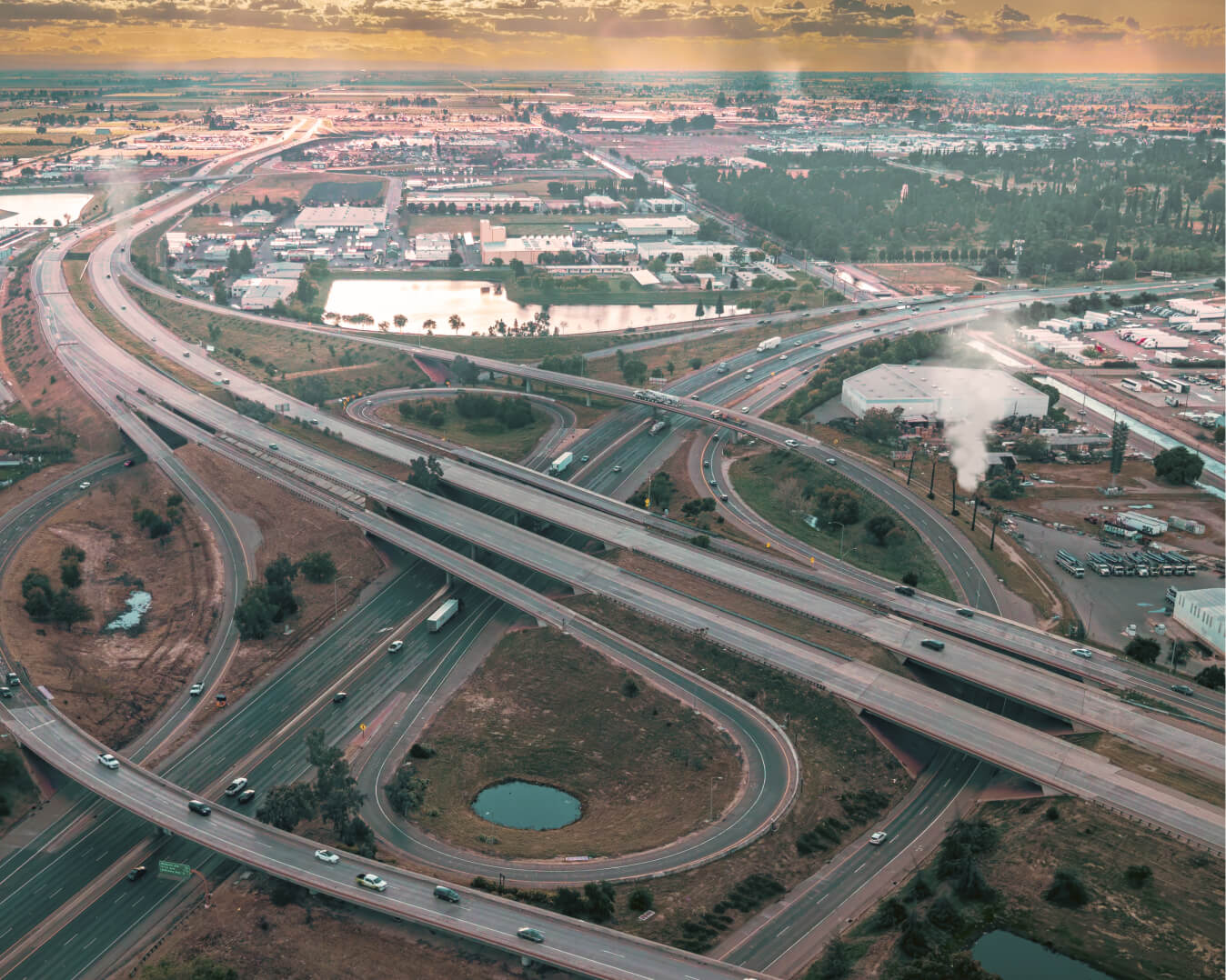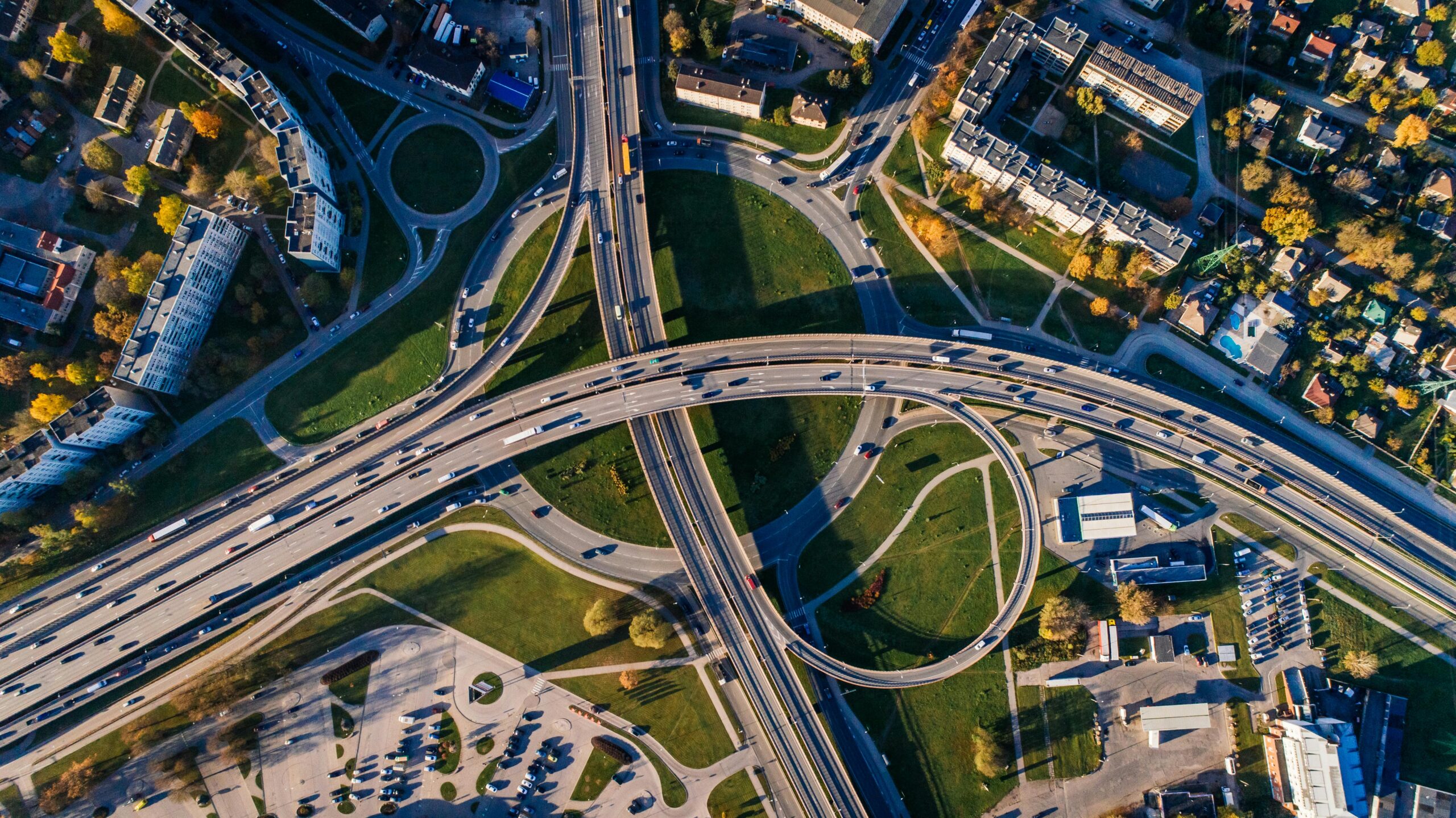From Stranded to Safe: Redesigning Transportation To Consider Vulnerable Communities During Climate Disasters

Climate Crisis In The Golden State
The wildfires in Los Angeles revealed more than just scorched earth and staggering economic losses – over $150 billion in damages. They also exposed the human cost of climate disasters. They showed us who can evacuate quickly, safely, and reliably – and who gets left behind.
As climate disasters increase in frequency and intensity, vulnerable communities — seniors or people with disabilities, as well as marginalized communities that face mobility barriers — are at the highest risk. When the LA wildfires exploded at an alarming rate, those with access to private vehicles were, for the most part, able to evacuate. But what about those that don’t have access to a car? Or those who can’t drive on their own?
In the wake of the Eaton and Palisades fires, eighteen Executive Orders were issued to support rebuilding and mobilize first responders. Yet, none addressed a critical question: how do we ensure everyone can safely evacuate in an era of escalating climate crisis?
Transportation planning in California hasn’t kept up with the climate, health, and economic realities we face today. Community needs — especially the needs of seniors, people with disabilities, and low-income residents — remain an afterthought, especially when it comes to planning for climate disasters. And in a country where race remains a key factor in economic and health outcomes, as well as neighborhood-level climate resilience and access to safe transportation infrastructure, the state’s lack of inclusive disaster response strategies is an urgent threat to racial equity. That’s not just a planning oversight—it’s a public safety failure.
When Disaster Strikes, Who Is Left Behind?
During the January wildfires, the cracks in California’s evacuation preparedness were on full display: Bottlenecks, bumper-to-bumper traffic, and abandoned cars on the side of highways made national headlines, illustrating how inefficient our disaster preparedness and evacuation efforts are in the face of climate change.
In Pasadena, nearly 100 seniors at a senior care facility were stranded. With no evacuation plan in place, staff loaded residents into personal vehicles in a frantic attempt to get them to safety. It was chaotic, risky, and completely avoidable.
Then there is the tragic case of Anthony Mitchell and his son who lived in Altadena, a historically Black community. Mr. Mitchell, who was wheelchair bound, and his son, who was bedridden due to cerebral palsy, were unable to evacuate from the Eaton Fire as their caretakers were not home and both were unable to drive. As the fires continued to rage, no help came. Both men died in the fire.
These are not isolated incidents — they are the result of systemic failure. The current “every person for themselves” approach to disaster resilience and evacuation planning ignores the systemic factors that contribute to an individuals’ or family’s ability to respond. It ignores the legacies of historic injustices like redlining and racist infrastructure policies that have made it more difficult for communities of color to build wealth, community resilience and maintain safe evacuation routes.
When Communities Step Up
Where systems fail, communities often rise. In the earlier hours of the Eaton Fire, Pasadena Transit Drivers became the heroes and first responders that communities had been calling for. They entered evacuation zones, transported stranded seniors, and saved lives.
This isn’t just an act of bravery — it’s a proof of concept. Public transit systems can and must play a central role in our climate resilience strategies. Instead of hoping for the best against obstacles like impassable gridlock, policy-makers and local decision-makers can coordinate with local transit agencies to plan evacuation routes to designated relief shelters or community resilience centers to ensure that everyone has a safe place to evacuate.
But it’s not just about incorporating public transit into our climate resilience strategy to further community resilience during climate disasters. It is about creating systems that work for communities, all communities, so that everyone has the ability to safely navigate climate disaster. So, how do we do that?
Building Policy That Prioritizes People
Community efforts are powerful, but we can’t rely on improvisation when lives are at stake. We need policies that transform our transportation systems into ones that work for and protect everyone — before, during, and after climate disasters.
That’s why The Greenlining Institute and NextGen California co-sponsored The Roads to Resilience Act (AB 1132), authored by Assemblymember Pilar Schiavo.
California’s transportation climate adaptation planning focuses mostly on protecting infrastructure — roads, bridges and highways. But that planning largely ignores how climate impacts land on the communities that rely on this infrastructure. AB 1132 sought to shift this by requiring the state to not just assess the physical impacts of climate change on infrastructure, but also how climate threats impact the communities that rely on this infrastructure — from economic mobility to health outcomes to basic evacuation safety.
Though AB 1132 passed out of the Assembly Transportation Committee with strong support from advocates, it was ultimately held in Appropriations. Even in difficult budget years, our policy priorities must reflect the urgency that climate change demands.
Prioritizing policies that protect communities from the threat of climate change is not only fiscally responsible, it also saves communities and saves lives. The Roads to Resilience Act would have represented an important step towards investing in resilience that Californians urgently need in the face of our current climate reality.
If Not Now, When?
Wildfires, sea-level rise, extreme heat, and more are here, and here to stay. Unless we take bold, urgent action, these threats will continue to disproportionately harm vulnerable communities.
The Legislature’s failure to pass a bill like AB 1132 reveals a concerning reluctance to invest in building a more resilient, equitable, and sustainable transportation system. California transportation policies continue to prioritize car-centric, individualistic solutions, even as climate disasters demand a shift towards community resilience and safety.
But in the face of climate change, we can’t afford to delay. Transportation policy that centers equity, climate, and – most importantly – communities’ needs is not only smart transportation policy, it is necessary to save lives, reduce long-term costs, and strengthen communities.




